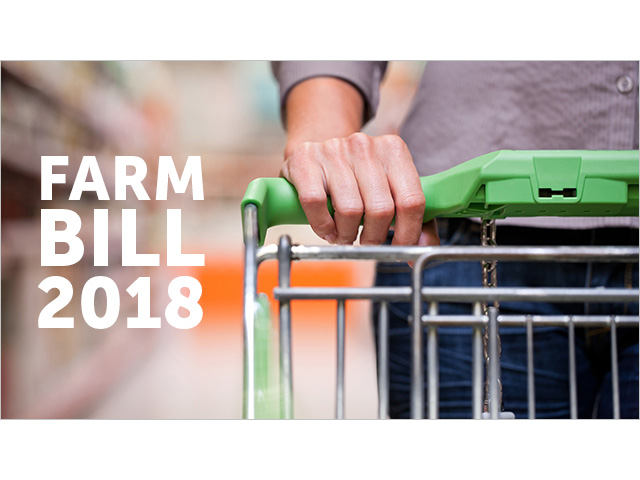The Supplemental Nutrition Assistance Program (SNAP), formerly the Food Stamp Program, is the largest of the domestic food and nutrition assistance programs administered by the U.S. Department of Agriculture's Food and Nutrition Service and a central component of the national policy to alleviate hunger and poverty. A new report from Mathematica Policy Research estimates SNAP participation rates for all eligible people and for the working poor in each state for fiscal year 2013. These estimates can be used to assess recent program performance and focus efforts to improve access.
Overall, 85 percent of those eligible for SNAP received benefits in 2013, and 74 percent of the eligible working poor participated. Rates varied widely from state to state. Twenty-two states had rates that were significantly higher than the national rate, and 16 states had rates that were significantly lower. Among the regions, the Midwest Region had the highest participation rate—96%—a rate significantly higher than all other regions. The Western Region’s participation rate of 74 percent was significantly lower than the rates for all of the other regions.
Providing Food to Those in Need
New Brief Examines the Supplemental Nutrition Assistance Program in 2013
Related Evidence & Insights

News
Millions Would Lose SNAP Eligibility Under Provisions of House Farm Bill
About one in 11 households receiving Supplemental Nutrition Assistance Program (SNAP) benefits would lose eligibility under certain provisions of the House Farm Bill—H.R. 2, the Agriculture Improvement Act—according to a microsimulation conducted by Mathematica Policy Research.
Learn More